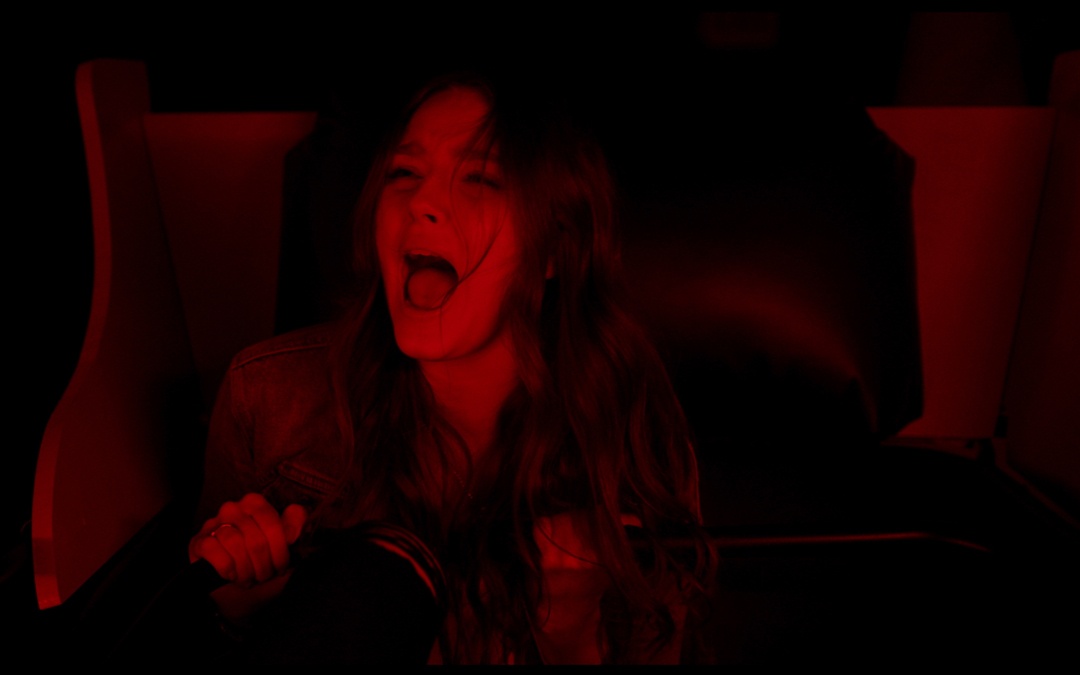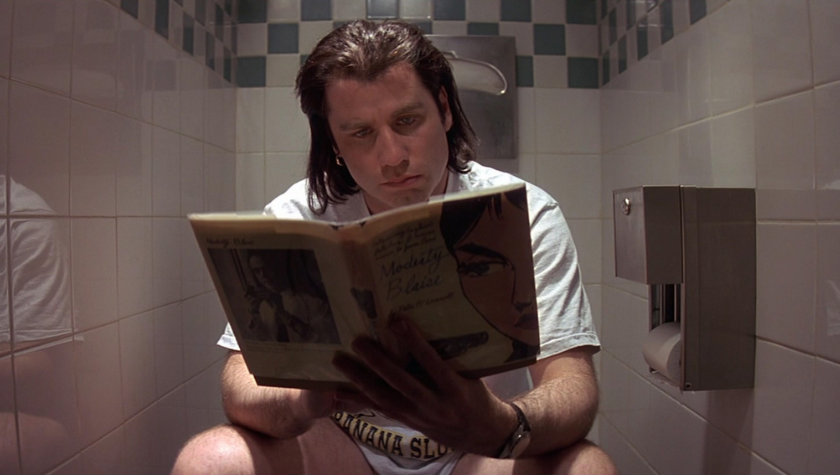Take 5: How ‘M3GAN’ uses the dark side of technology to scare
January 22, 2023
Dolls are creepy, especially when they get a mind of their own. The new film M3GAN follows in the footsteps of other possessed doll-like creatures such as Chucky, Annabelle and Slappy where a child’s toy comes to life and all hell breaks loose. What differentiates M3GAN as a character from the others is that she was built by a toy engineer and is actually a self-learning robot – she’s like a Terminator meets Chucky.
Written by Akela Cooper and based on a story by James Wan, M3GAN was directed by Gerard Johnstone and stars Allison Williams and Violet McGraw. The film explores what happens when good technology goes bad and how using a child’s connection to a doll can create a dark toy story.
Here are five things screenwriters can takeaway from the new horror film M3GAN.
- Find Something that Scares People
Fifty-five years ago, one of the most famous instances of technology actively fighting back against the human race occurred. In one of the most memorable scenes from the classic film 2001: A Space Odyssey, a spaceship’s operating system known as HAL recognizes the threat from its astronauts and turns on them. When one of the astronauts begs to be let back into the ship’s pod only to be told by the computer, “I’m afraid I can’t do that.”
The idea of technology turning against humans isn’t a new concept and goes along with the idea of scaring an audience with something they fear might happen. This concept is great because it hits closer to home than a horror film like Halloween or Scream.
M3GAN plays a lot on modern technology and connectivity amongst devices (phones, virtual assistant devices like Alexa, vehicles, etc.). Even if you’re not writing a horror script, the idea around “technology gone bad” can help you craft a relatable story in the context of the world. Think about War Games, The Terminator and Robot & Frank (a dramatic version of M3GAN about a man with dementia and the intelligent robot he befriends).
- The Road to Hell
There is a proverb that goes: “The road to hell is paved with good intentions.”
This proverb you can use to create your next story. After the tragic death of her sister and brother-in-law, Gemma (Allison Williams) is the one tasked with taking care of her niece. Unfortunately, it’s a bad time in her career and she isn’t the motherly type. Gemma’s ambition is to create a self-learning, human-like robot. She accomplishes this using her employers instrument and makes one as a prototype for her niece Cady (Violent McGraw).
Gemma, who suddenly becomes her niece’s caretaker, doesn’t have any toys around her home and needs to get work done without the distractions from a nine-year-old. M3GAN is the intelligent, connected device that can be the companion for her grieving niece. Her intentions are good but it ultimately leads to something bad.
Good intentions gone wrong are often the basis for stories including Jurassic World and The Avengers’ ultimate villain was Thanos, whose goal was to wipe out half of the universe in order to save the other half.
There are several real-world examples of this too and yours doesn’t have to be as dramatic as a dinosaurs or super-villain. M3GAN has few characters, locations and budget but still revolves around what happens when someone’s good intentions put them on a road to hell.
- Using Tragedy as Motivation
In the first scene of M3GAN, Cady is in the backseat of the car as her parents drive through a blinding blizzard. The car meets head-to-head with a snow machine killing Cady’s mother and father. This tragedy sets in motion the story, which now includes our characters dealing with this trauma as other forces threaten to derail their life.
Tragedy, especially the death of parents, is huge in storytelling — from Bambi to Frozen, it’s basically a staple for any Disney movie. But tragedy can appear in different forms and becomes a catalyst for a character’s actions. John Wickstarts with the death of his wife, Breaking Bad’s first episode revealed that the lead character had cancer and Jenny’s actions throughout Forrest Gump are driven by her trauma at home.
If it wasn’t for the tragedy at the beginning of M3GAN, then there wouldn’t be the urgent need for Gemma to create the intelligent robot doll that gets out of control.
You can use tragedy as a means to drive your characters into action or have as an underlying reason why they make the decisions they do.
- Building Suspense When You Know What Will Happen
Spoiler alert: They kill Osama Bin Laden at the end of Zero Dark Thirty.
This is a true story, and the world knows how it ends. In fact, they tell you in the description this happens. It’s not knowing what happens though that’s suspenseful, it’s the journey of how they get there.
The same holds true for the tense scenes in M3GAN when it kills its first human. Everyone in the audience knows it’s going to happen — the suspense is in watching it play out. How far will the victim run? How will they fight back? What becomes their ultimate demise?
M3GAN offers several examples of building tension in scenes even though the audience can guess the outcome. This is true for many horror films but the magic is in the “how” and “when.”
Just remember, when the death occurs and the viewer sees how it happened, end the scene because there is no more tension.
- Creating the Better Antagonist
We want our protagonists to be smart, capable and strong. But how good the protagonist is depends on what they have to face. In M3GAN, Gemma is intelligent and spends her career designing stuffed animals that are animatronic and controlled through an app. She wants to develop something more than just a kid’s toy though.
What she ends up doing is creating an untested, flawed and intelligent robot coded to self-learn and keep Cady emotionally and physically safe. And that’s what it does, even when it involves violence.
M3GAN as a character is a great antagonist because of its ability to learn and adapt beyond its programming. How do you kill something like this when it gets out of control? That’s what makes it such an ideal enemy because it essentially seems impossible.
When creating your antagonists, find ways to make them smarter, stronger and better than the protagonist. The goal is then to find the one vulnerability that your protagonist must learn in order to win.
M3GAN is currently playing in theaters.
Written by: Steven Hartman
Steven Hartman is an award-winning, optioned screenwriter. He was a Top 5 Finalist in Big Break’s Historical Category in 2019 and won Best Action/Adventure in Script Summit’s Screenplay Competition in 2021. He holds a Bachelor of Arts degree from Columbia College and had internships at Jerry Bruckheimer Films and Village Roadshow Pictures. Steve is a full-time writer and creative video producer by day and a screenwriter and novelist by night.- Topics:
- Screenwriting & Craft




